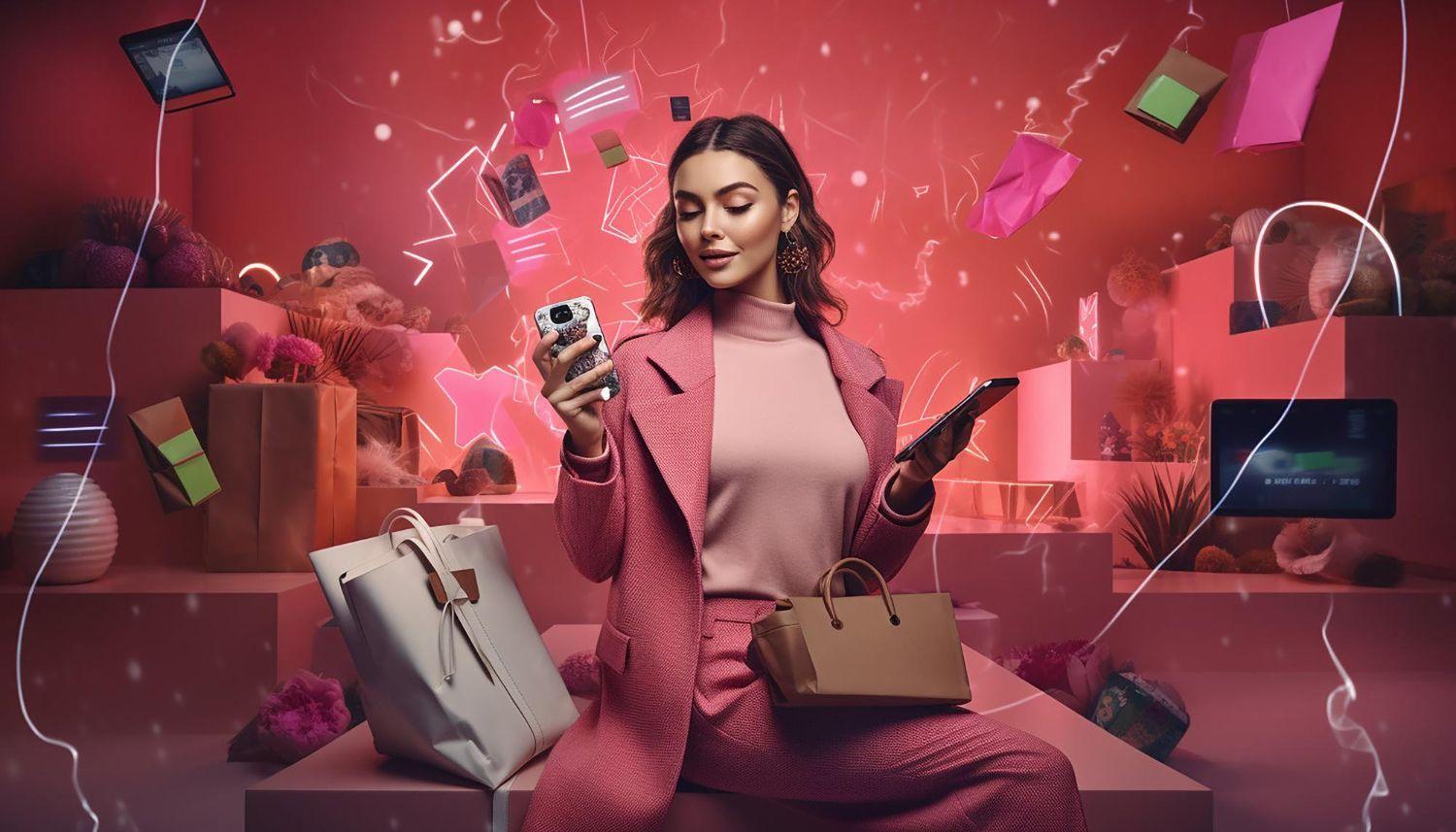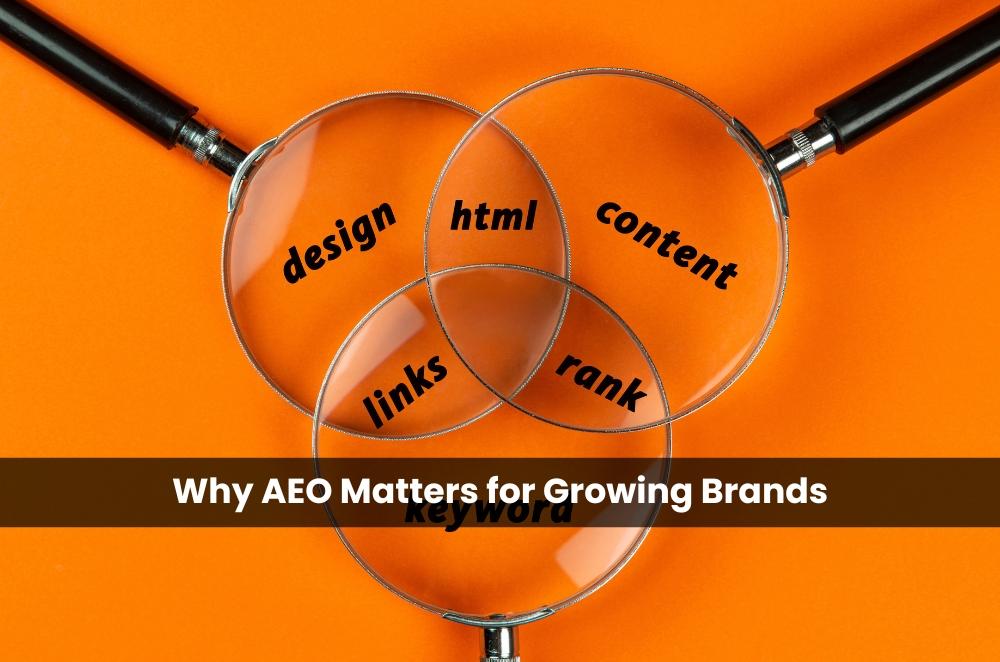AI Fashion Design: Where Technology Meets Creativity

The fashion world is constantly evolving, driven by culture, innovation, and consumer demand. But in recent years, one force has completely transformed the industry: AI fashion design. Artificial intelligence is no longer just a backstage tool—it is now a creative partner shaping the future of style.
From predicting upcoming trends to generating entirely new clothing designs, AI fashion design is revolutionizing how brands, designers, and consumers think about fashion. This article dives deep into what AI brings to fashion, its benefits, applications, and the future it promises.
What Is AI Fashion Design?
AI fashion design is the integration of artificial intelligence into the creative process of designing clothes, accessories, and fashion collections. Instead of relying solely on human intuition, designers now have access to AI-powered tools that analyze massive datasets, identify patterns, and even create original styles.
At its core, AI fashion design blends data with creativity, offering a unique balance between trend forecasting, customer personalization, and artistic exploration.
How AI Is Reshaping Fashion Design
Fashion design has traditionally been about inspiration, sketches, and craftsmanship. While that artistry remains central, AI adds a new dimension: precision.
-
Trend Prediction – AI scans social media, fashion shows, and shopping data to predict what styles will be popular next season.
-
Design Generation – Algorithms create digital prototypes of outfits based on themes, fabrics, and silhouettes.
-
Consumer Insights – AI identifies what customers actually want, bridging the gap between designer vision and market demand.
-
Sustainability – AI reduces waste by simulating designs before production, cutting down on unnecessary samples.
Key Benefits of AI Fashion Design
The impact of AI on fashion design is immense. Here are the top benefits:
-
Faster Design Cycles – What once took weeks of brainstorming and prototyping can now happen in hours.
-
Data-Driven Creativity – AI combines consumer preferences with innovative design possibilities.
-
Sustainability – Minimizes overproduction and ensures more eco-friendly fashion practices.
-
Inclusivity – Designs can be customized for diverse body types, styles, and cultural preferences.
-
Innovation – Opens up new creative frontiers for hybrid styles and futuristic clothing.
Real-World Applications of AI Fashion Design
AI isn’t just theoretical—it’s already embedded in the fashion world.
1. Virtual Design Assistants
Fashion houses use AI to generate digital sketches and color palettes, speeding up the design process.
2. Personalized Clothing Lines
Brands can offer AI-generated capsule collections tailored to customer data.
3. Sustainable Manufacturing
By predicting demand, AI helps companies produce just enough inventory, cutting down waste.
4. 3D Prototyping
AI-powered 3D modeling creates realistic visuals of garments before a single piece of fabric is cut.
5. Experimental Fashion
Designers use AI to push creative boundaries, combining textures, prints, and shapes never seen before.
AI Fashion Design vs. Traditional Fashion Design
|
Aspect |
Traditional Design |
AI Fashion Design |
|
Inspiration |
Human intuition |
Data + creativity |
|
Speed |
Weeks to months |
Hours to days |
|
Sustainability |
High waste risk |
Reduced waste |
|
Accessibility |
Limited to experts |
Wider adoption |
|
Personalization |
Generic sizing |
Tailored to users |
Rather than replacing traditional designers, AI complements them—acting as a co-creator rather than a competitor.
AI Fashion Design and Sustainability
One of the most urgent conversations in fashion is sustainability. AI fashion design addresses this by:
-
Predicting demand to prevent overproduction.
-
Suggesting eco-friendly materials.
-
Optimizing patterns to reduce fabric waste.
-
Encouraging digital fashion, where consumers can “wear” virtual outfits online before buying.
This makes AI fashion design not just a trend but a critical step toward a more ethical industry.
How Consumers Experience AI Fashion Design
For consumers, the benefits of AI fashion design are already visible:
-
AI-Powered Shopping Apps suggest outfits tailored to individual tastes.
-
Virtual Try-Ons let shoppers see how a piece looks before buying.
-
Customization Tools allow customers to tweak AI-generated designs for unique looks.
-
Smart Recommendations ensure clothing choices match lifestyle, size, and personal style.
The Future of AI Fashion Design
By 2030, experts predict that AI fashion design will dominate many aspects of the industry. Here’s what to expect:
-
AI-Only Designers – Entire collections generated by AI, showcased at global fashion weeks.
-
Digital-First Fashion – Growth of metaverse clothing and virtual wardrobes.
-
AI + Human Collaborations – Designers using AI for idea generation while adding their creative signature.
-
Sustainable Fashion Ecosystems – Circular fashion models supported by AI predictions.
-
Inclusive Fashion – Expanding size ranges and cultural influences at scale.
Challenges of AI Fashion Design
While promising, AI in fashion comes with challenges:
-
Creativity vs. Data – Can AI truly replace human emotion and artistry?
-
Dependence on Algorithms – Over-reliance risks making fashion too data-driven.
-
Accessibility – Small designers may struggle with the cost of AI tools.
-
Ethics – Data usage raises privacy concerns.
Balancing technology with creativity remains essential for the success of AI fashion design.
Conclusion
AI fashion design is no longer a futuristic idea—it’s here, reshaping the industry today. By merging data-driven insights with creativity, AI empowers designers, brands, and consumers to rethink how fashion is created and consumed. From sustainable manufacturing to personalized style, the future of fashion is being stitched with algorithms and innovation.
The next era of style will not just be about fabrics and runways—it will be about how AI fashion design redefines creativity itself.






